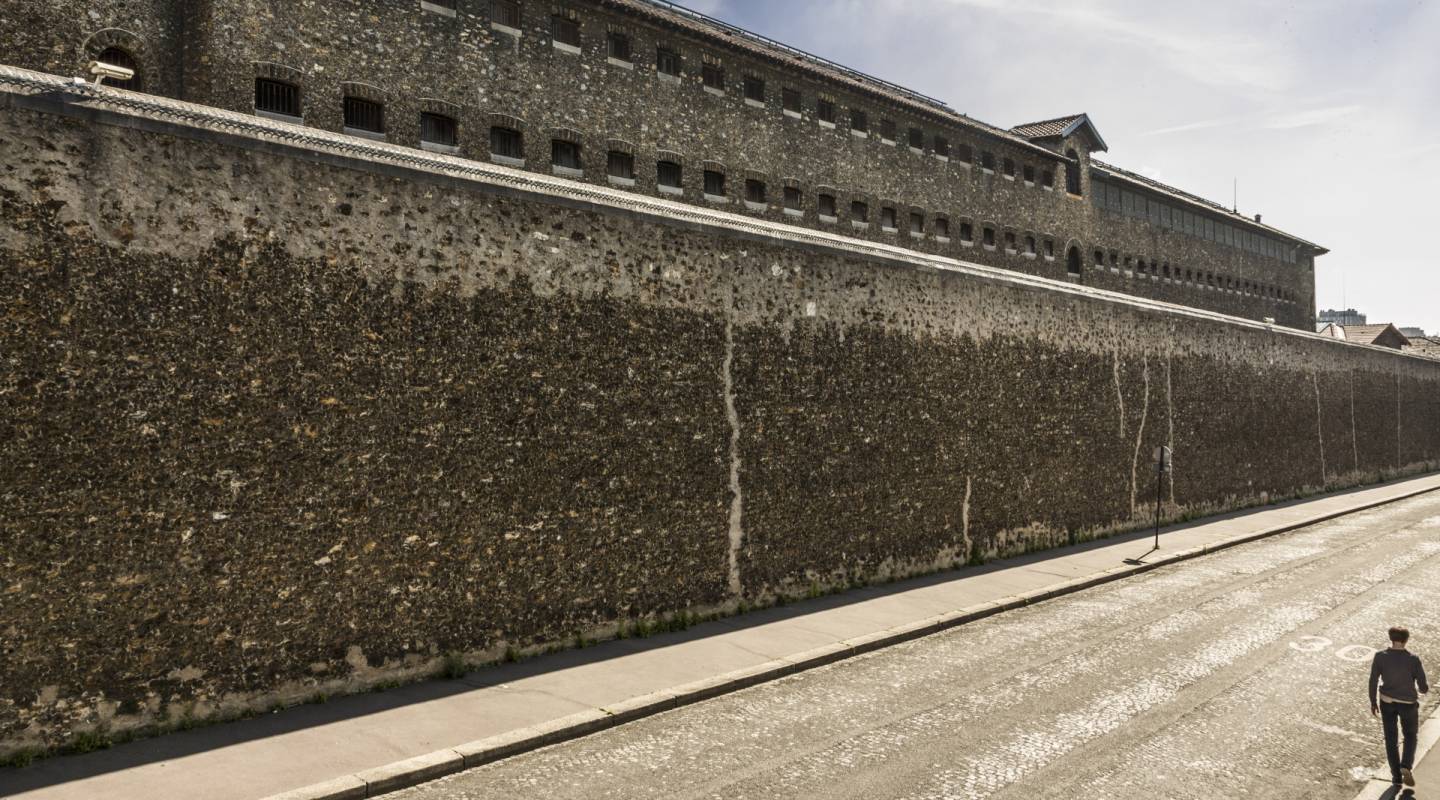When the “prison” Maison d’Arrêt de La Santé, in the heart of Paris in the XIVth Arrondissement, was about to undergo major renovations, I had the opportunity to step on “the other side of the wall.” Inaugurated on August 20, 1867, La Santé prison, which takes its colloquial name from the street where it stands, possesses singular architecture shaped by the penitentiary philosophy of its time. The architect, Emile Vaudremer, was tasked with creating two distinct modes of detention.
In order to do that, he skillfully took advantage of the natural slope of the terrain and constructed the Quartier Haut, or the Upper Quarters. Destined exclusively for nighttime confinement of inmates, it consists of rectangular buildings arranged in squares called Blocks. Below, connected by hallways and a small rotunda, he built the Quartier Bas, or the Lower Quarters. Intended to house detainees full-time, it consists of four buildings with vaulted architecture, called Divisions, and converging around a panopticon rotunda. Finally, an administrative buildings line rue de la Santé.
To meet the demands of modernization, the prison is undergoing a thorough reconstruction. The Upper Quarters will be rebuilt, whereas the Lower Quarters will be renovated. The photographs presented here are part of an ongoing project. They were taken between May and December 2015, when the place had stood vacant for several years.
By representing silence and emptiness, perspective or its absence, points of view and overview, I show places and objects just as I had found them before they were gone. Through them, I try to capture the invisible and the untold.
Lény Stora



